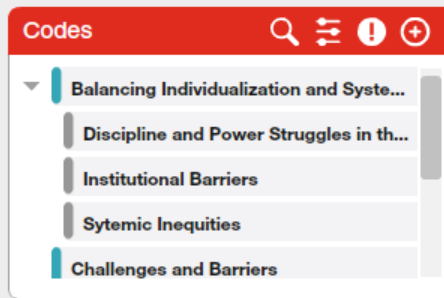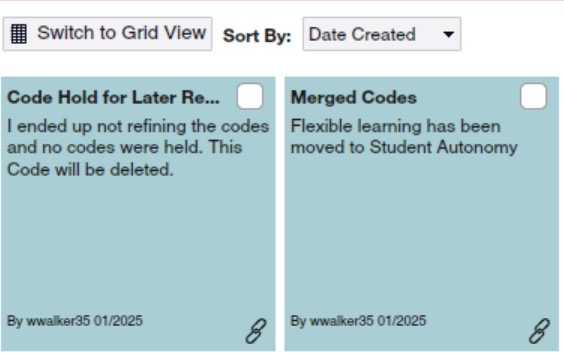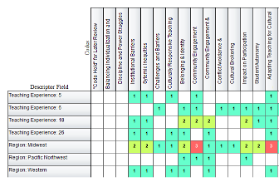My First Project: Using Dedoose to Explore Cultural Sensitivity in Montessori Education
Platform
Built for Researchers by Researchers
Qualitative & Mixed Methods
Data Support
Data Support
Integrate qualitative and quantitative data
Secure & Integrated
Built with security at the forefront
Cloud-based
Access your data anywhere, anytime
Interactive Visualizations
Visualize complex data to showcase your findings
Multimedia Support
Analyze video, audio, images, and more
Accessible
Intuitive design accessible across Mac and PC
Collaborative
Real-time collaboration with no hidden costs
Affordable
Flexible plans to serve your team or organization
360° Customer Support
Support from trained researchers
Benefits by Industry
Social Science
Build trustworthy findings
Market Research
Gain insights on market patterns
Product Research
Gain insights on user behavior
Medical & Healthcare
Improve patient outcomes
Education
Gain deeper insights
Government &
Public Policy
Inform policy and practice
Benefits by Role
Evaluators
Streamline survey research
Market & UX Researchers
Accelerate your research
Health Researchers
Integrate mixed methods data
Social Scientists
Maximize your research
Students & Teachers
Improve student outcomes
Access resources tailored to your learning style
Getting Started with Dedoose
Review key features and terminology, data preparation tips, create a project and import data.
Learn More
Learning Center
24/7 self-serve support with interactive guides
Blog
View tips and read how others have used Dedoose
Events
Attend a live event or course
Dedoose Textbook
Bridge the conceptual and technical
Release Features
Read breakdowns of recent updates to Dedoose
Videos
Learn from the most-viewed resources








.png)




